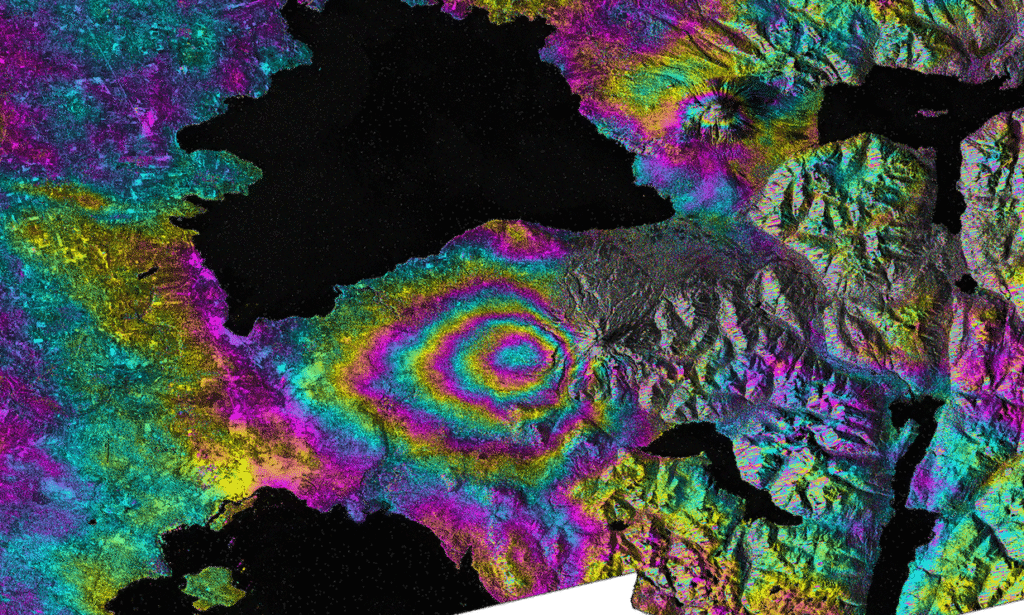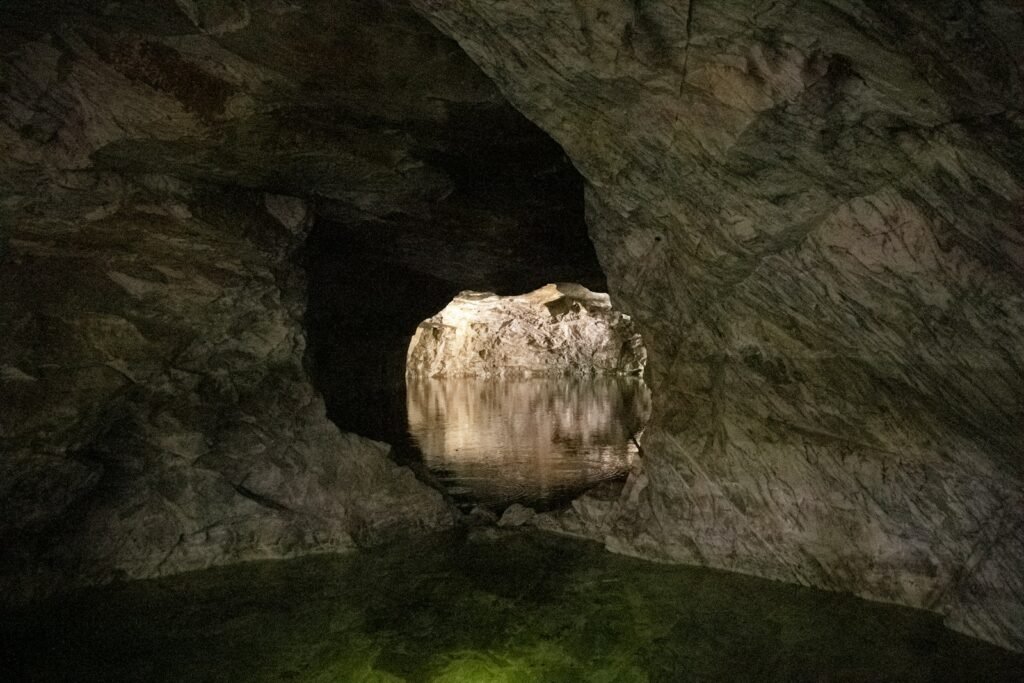Have you ever wondered why earthquakes seem to strike completely without warning, while others are preceded by smaller tremors? The Earth’s crust holds secrets that even the most advanced seismic instruments struggle to detect. Some earthquakes begin their journey toward destruction in absolute silence, building tension deep underground before unleashing their fury in a matter of seconds.
These mysterious seismic events challenge everything we thought we knew about earthquake prediction. While traditional earthquakes announce themselves with foreshocks or detectable vibrations, a different class of earth movements operates in the shadows. Let’s dive into the fascinating world of silent earthquakes and discover why some of nature’s most powerful forces begin their destructive dance in complete silence.
The Science Behind Silent Earthquakes
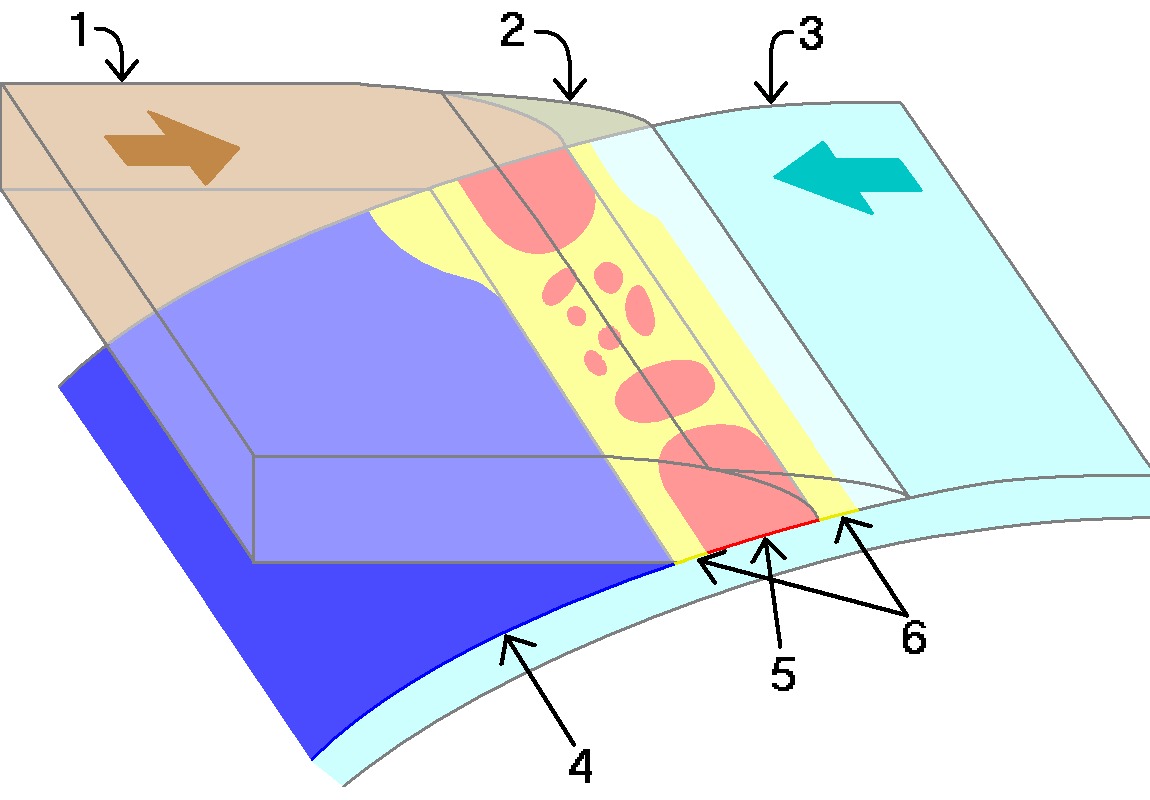
A slow earthquake, also known as a silent earthquake, is a discontinuous, earthquake-like event that releases energy over a period of hours to months, rather than the seconds to minutes characteristic of a typical earthquake. These phenomena represent one of the most significant discoveries in modern seismology, fundamentally changing how we understand fault behavior.
That is, they are quiet compared to a regular earthquake, but not “silent” as described in the past. The term “silent” doesn’t mean these events produce absolutely no detectable signals. Instead, they generate vibrations so subtle that they fall below the detection threshold of standard seismometers, making them virtually invisible to traditional earthquake monitoring systems.
One of the important characteristics of these events is their inability to generate seismic radiation, and thus they have been referred to as “silent” earthquakes. The energy release occurs so gradually that it doesn’t create the sharp, violent shaking we associate with destructive earthquakes. Scientists only discovered these events when GPS technology became sensitive enough to detect the incredibly slow ground movement they produce.
How GPS Technology Revealed the Invisible
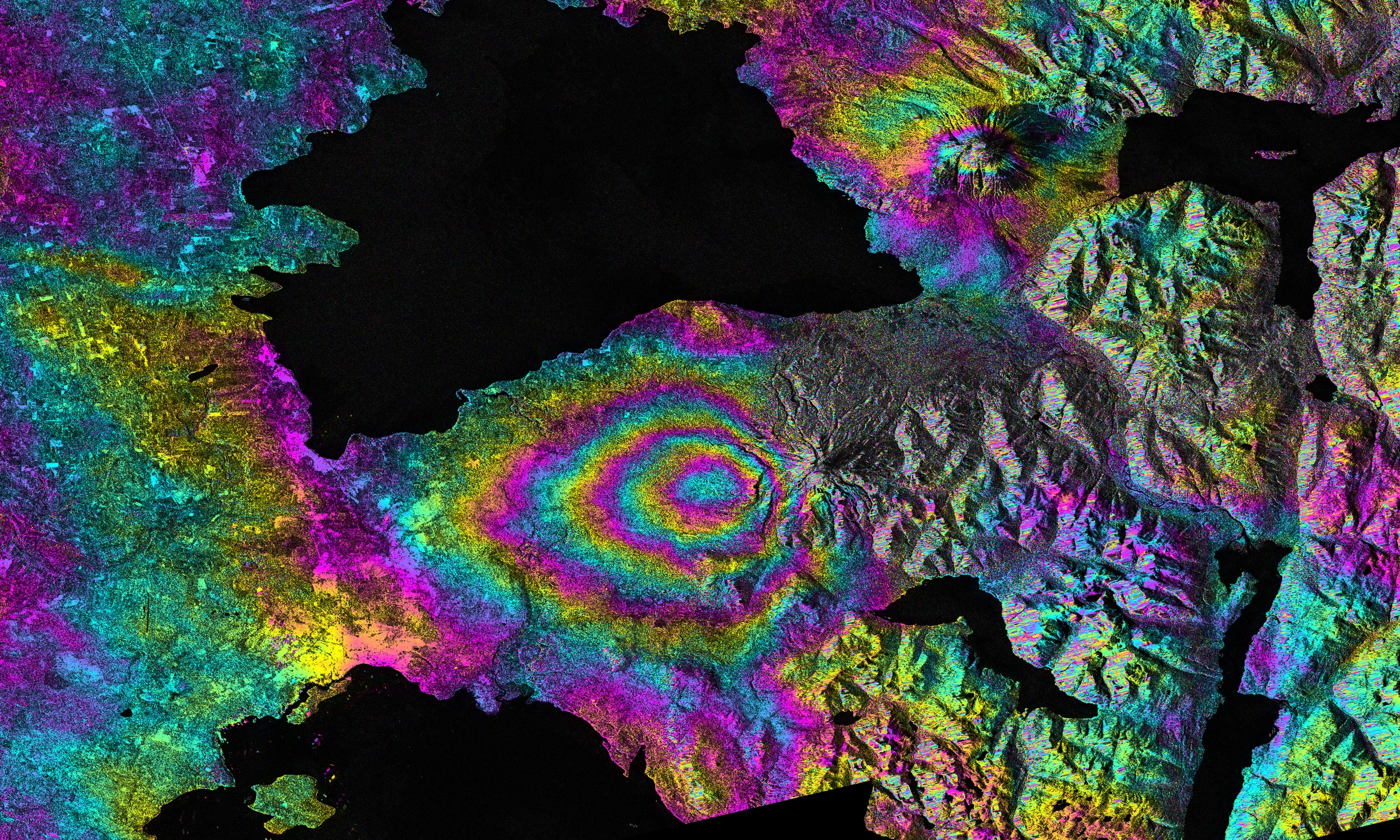
Slow-slip events were first noted about two decades ago by geoscientists tracking otherwise imperceptible shifts in the earth using GPS technology. Before this technological breakthrough, these massive energy releases remained completely hidden from scientific observation. The precision required to detect these movements is extraordinary, measuring shifts of just a few millimeters over vast distances.
Movements caused by these slow-slip events are so slow that they are undetectable by both humans and GeoNet’s seismographs. GeoNet, in partnership with LINZ run a network of GPS stations around the country that are able to detect land movement as little as a few millimeters resulting from slow-slip events. This level of sensitivity represents a quantum leap in our ability to monitor Earth’s behavior.
As such, they were only noted when GPS technology was refined to the point that it could track those very minute shifts. Slow-slip events also do not occur along every fault; so far, they have been spotted in just a handful of locations including the Pacific Northwest, Japan, Mexico, and New Zealand.
The Deceptive Power of Slow Release
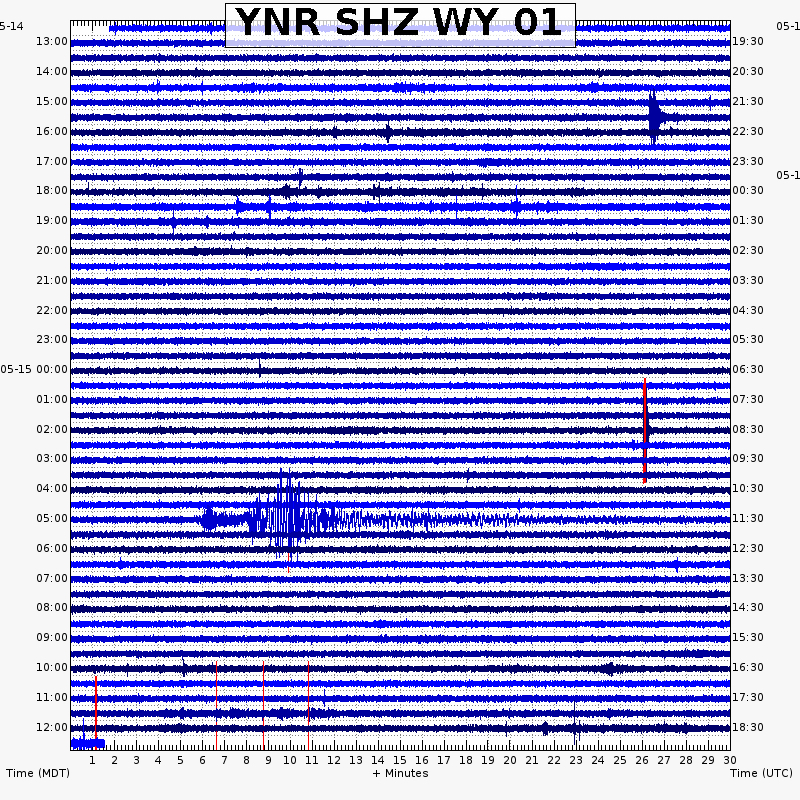
For example, a slow-slip event that occurs over the course of weeks might release the same amount of energy as a minute-long magnitude-7.0 earthquake. This comparison reveals the staggering power hidden within these seemingly gentle movements. The total energy release can rival that of major destructive earthquakes, yet it occurs so gradually that people living directly above never feel a thing.
Slow-slip events can move faults the equivalent of magnitude 6+ earthquakes over a period of weeks to months. Imagine a fault system shifting with the same total displacement as a catastrophic earthquake, but doing so with the patience of geological time rather than the violence of seismic rupture.
Scientists know that slow slip events are an important part of the earthquake cycle because they occur in similar places and can release as much pent-up tectonic energy as a high magnitude earthquake, but without causing sudden seismic shaking. In fact, the events are so slow, unfolding over the course of weeks, that they escaped detection until only about 20 years ago.
Where Silent Earthquakes Strike Most

At “warm” subduction zones like the west coast of North America, or sections in eastern Japan this depth corresponds to a transition or transient slip zone between the locked and stable slip intervals of the plate interface. The transition zone is located at depths approximately coincidental with the continental Mohorovicic discontinuity. At the Cascadia subduction zone, the distribution of LFEs form a surface roughly parallel to intercrustal seismic events, but displaced 5–10 kilometers down-dip, providing evidence that LFEs are generated at the plate interface.
They occur up to 60 km below the earth’s surface where the Pacific Plate meets the Australian Plate, along the Hikurangi Subduction Zone (marked by the orange zone on the image below). These deep locations place them in a unique mechanical environment where the extreme pressure and temperature conditions allow for this unusual form of fault behavior.
The geographic distribution of these events isn’t random. They tend to cluster in specific tectonic settings where the mechanical properties of rock create perfect conditions for gradual energy release rather than sudden rupture.
The Connection Between Silent and Destructive Earthquakes
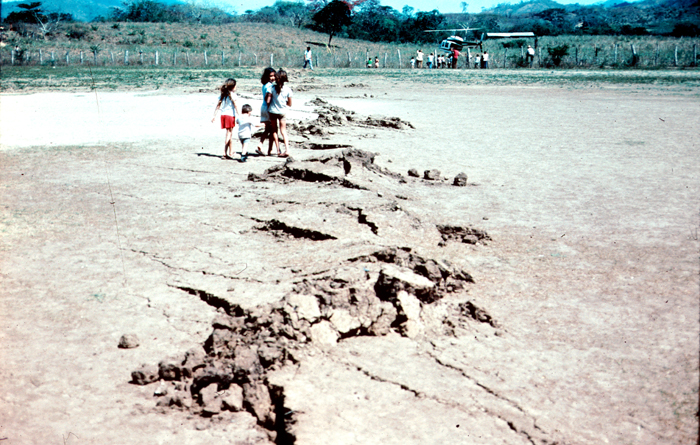
Some calculations find that the probability of a large earthquake occurring during a slow slip event are 30–100 times greater than background probabilities. This statistical relationship reveals a crucial connection between these quiet phenomena and the devastating earthquakes that capture headlines and claim lives.
For this reason, a magnitude 7.1 slow-slip event is probably not going to have anywhere near the associated triggered earthquake activity that we saw after the magnitude 7.1 Darfield earthquake, but it will increase stress in surrounding areas, and could push an already stressed fault closer to rupture. In essence, it can be the straw that breaks the camel’s back. This is possibly what happened with the January 2014 Eketahuna quake, where the Kapiti slow-slip event may have contributed to stress loading on the fault that broke, though this relationship remains under scientific investigation.
The role of SSEs in the seismic cycle seems to have been preponderant in the initiation of some megathrust earthquakes. Scientists now recognize these silent events as critical players in the earthquake preparation process, potentially serving as the hidden trigger mechanisms for much larger and more destructive seismic events.
Foreshocks: The Audible Warning Signs
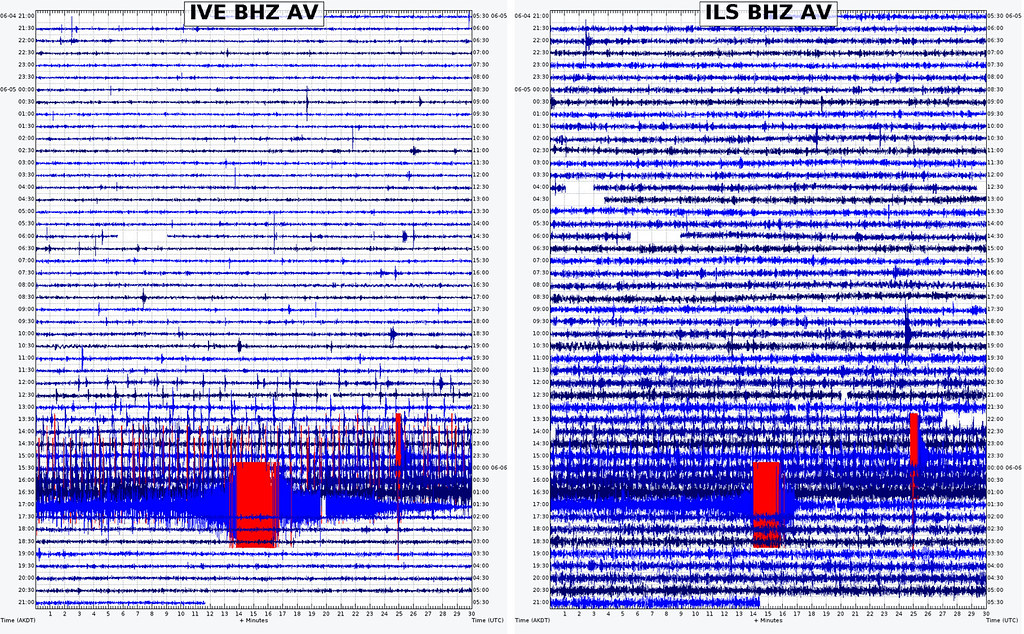
Foreshock activity has been detected for about 40% of all moderate to large earthquakes, and about 70% for events of M>7.0. They occur from a matter of minutes to days or even longer before the main shock; for example, some researchers have suggested longer-term precursory relationships in earthquake sequences, though the specific connections and timescales remain subjects of ongoing scientific debate.
Most large earthquakes at plate interfaces in the North Pacific were preceded by accelerating seismic activity in the months to days leading up to the mainshock. In contrast, foreshocks are much less frequent in intraplate settings. This pattern suggests that the geological environment plays a crucial role in determining whether an earthquake announces itself or strikes without warning.
An increase of seismic activity is often observed before large earthquakes. Events responsible for this increase are usually named foreshock and their occurrence probably represents the most reliable precursory pattern. However, the challenge lies in distinguishing true foreshocks from ordinary seismic activity until after the main event has occurred.
The Stress Transfer Puzzle
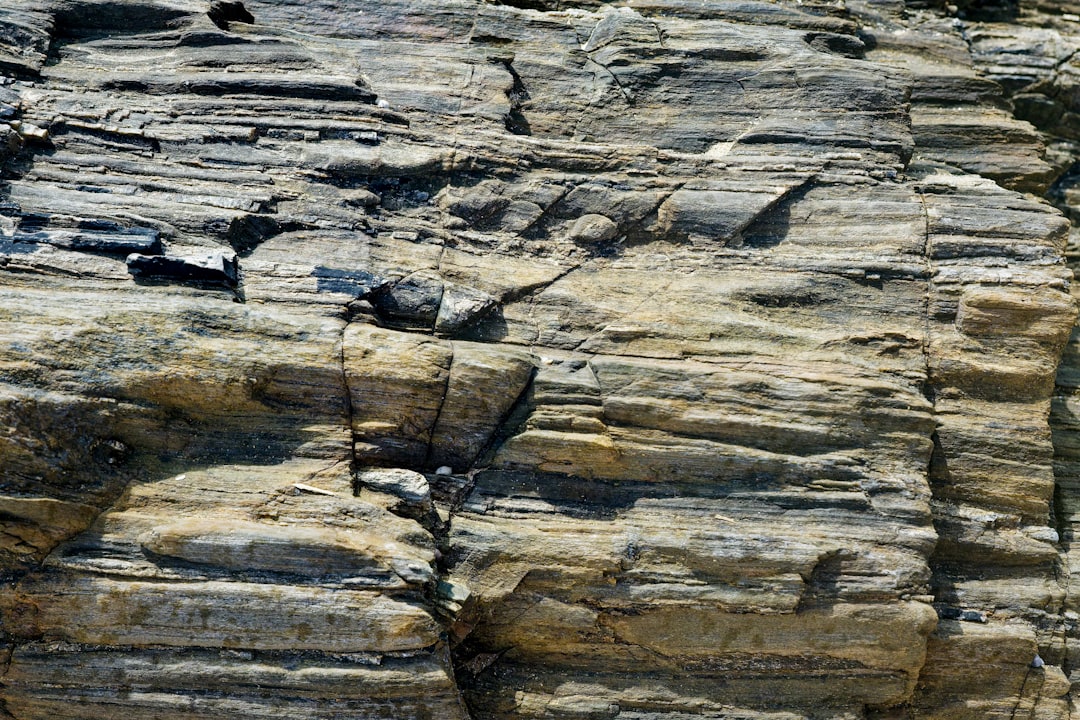
The constant plate tectonic motions between the Pacific and North American plates guarantees that the crust in the western US is continually building up stress. The constant plate tectonic motions between the Pacific and North American plates guarantees that the crust in the western US is continually building up stress. This relentless accumulation of tectonic stress creates the underlying conditions that determine whether earthquakes begin quietly or dramatically.
But the fact remains that high stressing rates observed on the surface likely translate to high stressing rates at the depths (~10 km) where earthquakes typically nucleate, so these stressing rates are a guide to the seismic hazard. The mechanism by which stress transfers through different layers of the Earth’s crust influences whether energy releases gradually or explosively.
Whether the stress-loading of faults to failure in earthquakes appears to be random or to an extent explainable, given constraints on fault/shear-zone interaction and the build-up and release of stress over many earthquake cycles, is a key question for seismic hazard assessment. Where only one fault exists across strike, stress-loading is dominated by the regional tectonics through slip on underlying shear zones and fault planes have spatially smooth stress with predominantly time-dependent stress increase.
Laboratory Insights into Earthquake Preparation

Experiments were conducted under two different fault surface conditions before each run: less heterogeneous fault without pre-existing gouge and more heterogeneous fault with pre-existing gouge. The results show that fewer foreshocks occurred along the less heterogeneous fault and were driven by preslip; in contrast, more foreshocks with a lower b value occurred along the more heterogeneous fault and showed features of cascade-up. We suggest that the fault surface condition and the stress redistribution caused by the ongoing fault slip mode control the earthquake preparation process, including the behavior of foreshock activity.
High fluid pressures increase stiffness and reduce heterogeneity which promotes more rapid slip acceleration and shorter precursory periods, similar to the effect of low geometric heterogeneity on smooth faults. The similarity of fluid pressure increase and roughness reduction suggests that increased stress and geometric homogeneity may substantially shorten the duration of foreshock activity.
Laboratory experiments reveal that fault surface characteristics fundamentally control how earthquakes begin. Smoother faults tend to fail more quietly, while rougher surfaces create the conditions for detectable foreshock activity.
The Future of Silent Earthquake Research
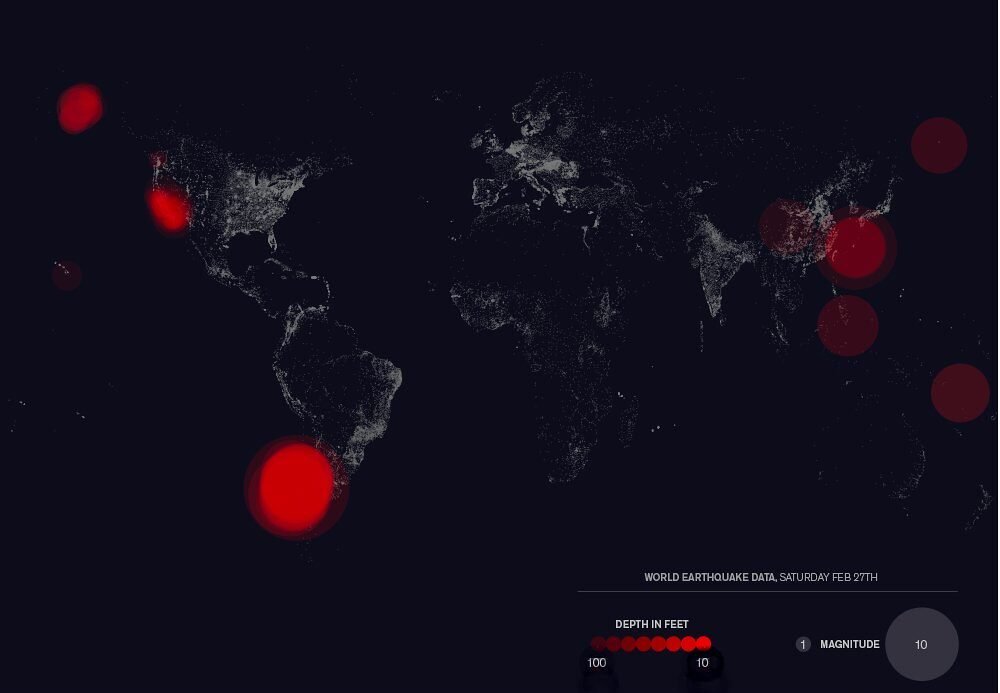
The study’s lead author, Adrien Arnulf, a UTIG research scientist, said that this line of research is important because understanding where and when a large subduction zone earthquake could strike can happen only by first solving the mystery of slow slip. “If you ignore slow slip, you will miscalculate how much energy is stored and released as tectonic plates move around the planet,” he said.
If we study a fault for a dozen years, we might see 10 of these events,” Avouac says. “That lets us test models of the seismic cycle, learning how different segments of a fault interact with one another. It gives us a clearer picture of how energy builds up and is released with time along a major fault.” Such information could offer more insight into earthquake mechanics and the physics governing their timing and magnitude, he says.
Scientists are developing increasingly sophisticated monitoring networks and computational models to understand these enigmatic phenomena. The frequency of silent earthquakes compared to destructive ones offers unprecedented opportunities to study earthquake processes in real-time.
Conclusion: The Hidden Earthquake Revolution

The discovery of silent earthquakes has revolutionized our understanding of seismic processes and challenged the traditional view that all significant tectonic energy release must be violent and destructive. These hidden giants operate on timescales that bridge the gap between human perception and geological processes, releasing enormous amounts of energy with the patience of mountains rather than the fury of traditional earthquakes.
With the discovery of slow-slip events, this thinking has been drastically altered, as slow-slip events accommodate a large proportion of the effects of the converging plates without knocking a single ornament off a shelf. This fundamental shift in understanding has profound implications for earthquake prediction, hazard assessment, and our broader comprehension of how our planet’s dynamic systems operate.
The silent earthquake phenomenon reminds us that Earth’s most powerful processes don’t always announce themselves with drama and violence. Sometimes, the most significant changes occur in whispers before they erupt into shouts. What other geological secrets might be hiding in plain sight, waiting for the right technology to reveal their presence?

Hi, I’m Andrew, and I come from India. Experienced content specialist with a passion for writing. My forte includes health and wellness, Travel, Animals, and Nature. A nature nomad, I am obsessed with mountains and love high-altitude trekking. I have been on several Himalayan treks in India including the Everest Base Camp in Nepal, a profound experience.

